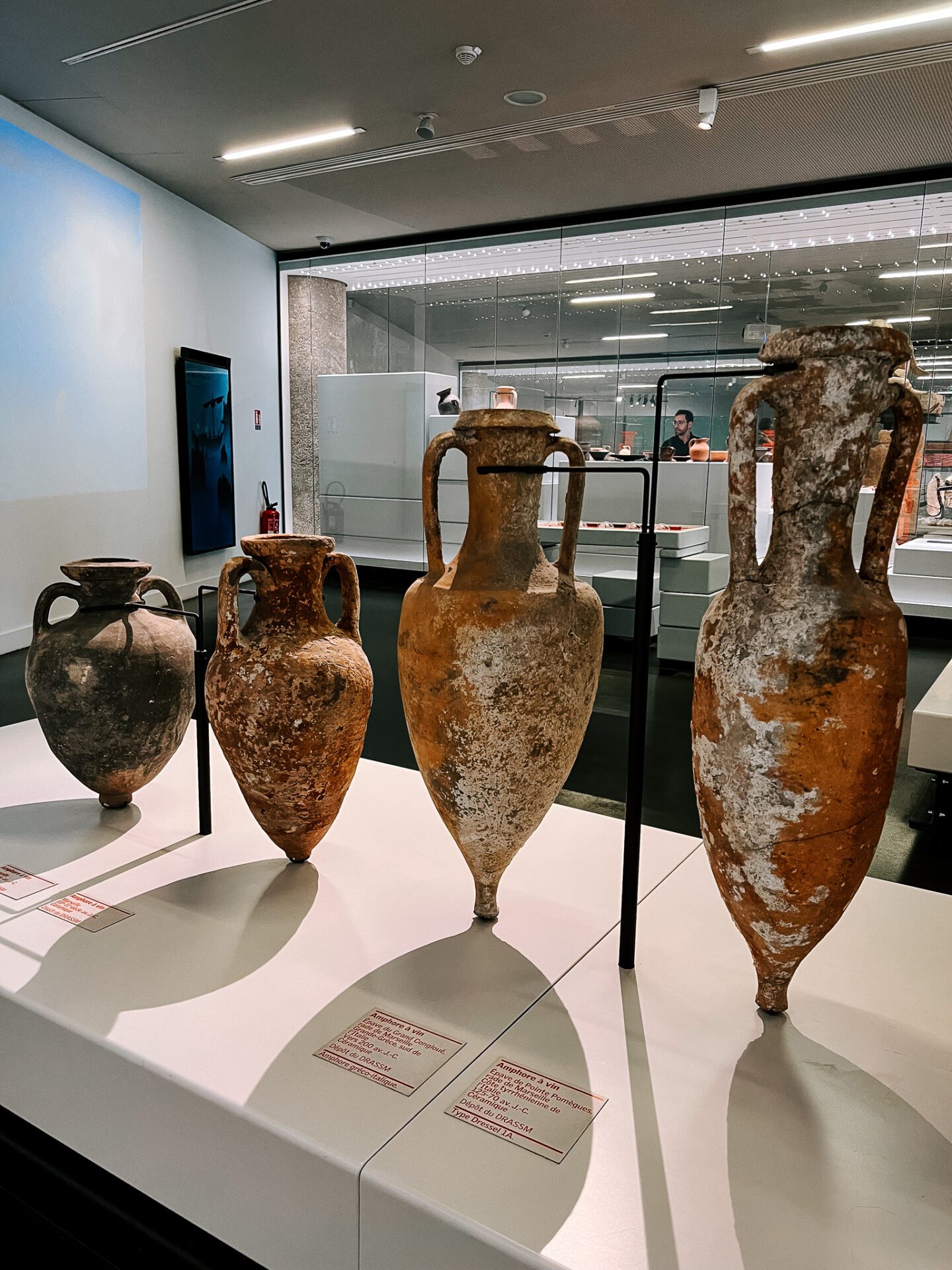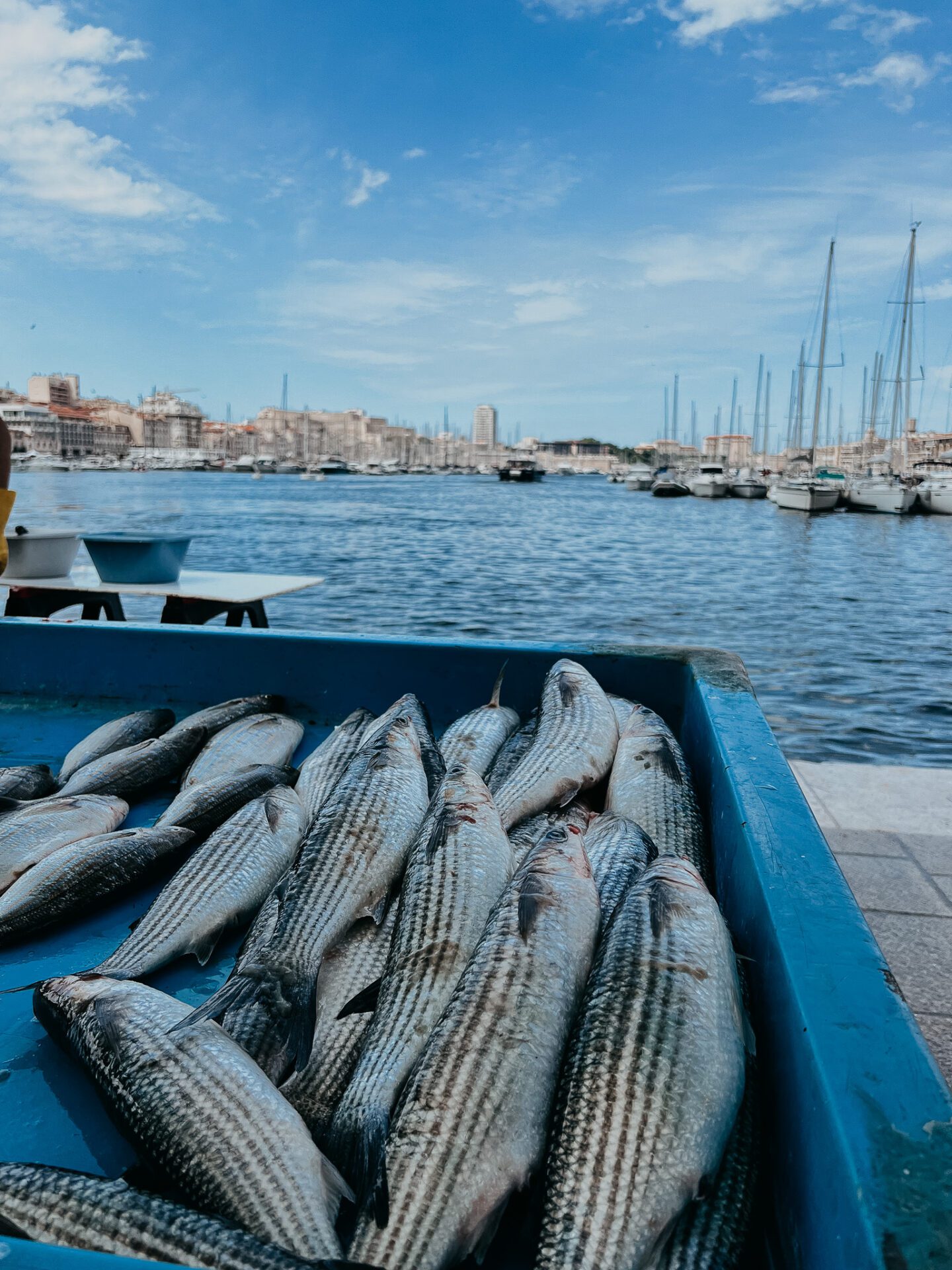
Marseille, the second largest city in France, is located on the Mediterranean coast. The city is a mix of ancient history and modern experiences. It offers delicious food, cultural attractions, and unforgettable experiences, making it a must-visit destination. Despite its reputation for being somewhat rough around the edges, I find that its grit adds to its charm. The cultural richness and breathtaking natural beauty, not to mention its significance in wine history, which personally drew me in. With my sister-in-law moving to Marseille a few years back, my visits to the region have become a cherished routine. Plus, having crafted numerous Provence itineraries recently, I felt it was high time to compile this guide as a resource for my readers’ fellow explorers.
The guide is divided into sections on where to eat, what to see, what to do, and where to savor the best tastes, highlighting food, wine, and cultural experiences.
What to see in Marseille
The Panier is the oldest quarter in Marseille, France, and one of the most unique vibrant areas of the city. Located on a hill overlooking the Old Port, the Panier is a maze of narrow streets, colorful buildings, and charming boutiques. The Panier’s history dates back to the 6th century BC, when the Phocaeans, a Greek people from Asia Minor, founded the city of Massalia. During the Middle Ages, the Panier was a thriving commercial district, home to merchants, artisans, and fishermen. The area was also home to a large Jewish community, and the Panier’s synagogues and other Jewish landmarks can still be seen today. In the 19th century, the Panier fell into decline as Marseille’s commercial center moved to the north of the city. The area became a slum, and many of its buildings were demolished but in the 1960s, the Panier underwent a revival as artists and intellectuals began to move into the area. The area’s iconic streets and charming buildings were rediscovered, and the Panier became a popular tourist destination.
Today, the Panier is a vibrant and multicultural neighborhood, home to a mix of residents, businesses, and tourists. The area is known for its magical street art. I love to walk through the streets early in the morning with my camera and capture the colors.


Vist Maison Empereur – Old hardware store and home goods
What It Is: A historic emporium dating back to 1827, Maison Empereur is a treasure trove for anyone interested in the culinary arts and home goods. The old store is 4 stories. From traditional cookware to unique gadgets that have been part of French kitchens for generations.
What to do in Marseille
Visit the History Museum
A short walk from the lively harbor, beside the ruins of the ancient port, lies the Marseille History Museum. For me, stepping into it is like traveling back in time and a must for first time visitors. Renovated back in 2013, this museum is my go-to whenever I want to wander through the centuries of Marseille’s past. It’s not just any city—it’s France’s oldest, and every corner of this museum, with its vast 3,500 m^2 of exhibition space, feels like stepping into history. Among the nearly 3,000 pieces it houses, the Phoenician amphorae are my absolute favorites. The artifacts inside the museum showcase Marseille’s crucial role in the ancient wine trade.


Take “Beyond Bouillabaisse” Food Tour
Embark on a culinary journey that takes you through Marseille’s iconic dishes and hidden gems, showcasing the city’s culinary diversity beyond its famed bouillabaisse. Curated by culinary backstreets, I can recommend this enough.
Take a Day trip to Cassis
Cassis is a small coastal town located about 20 miles (32 km) southeast of Marseille. It is known for its stunning calanques, or rocky inlets, which are a popular destination for swimming, snorkeling, and boating. For good reason, the vibrant fishing vessels docked along the harbor grace numerous postcards.

To get to Cassis from Marseille, you can take a train or a bus. The train takes about 30 minutes and costs around 10 euros. The bus takes about 45 minutes and costs around 5 euros. Once you arrive in Cassis, you can spend the day exploring the calanques. There are several different calanques to choose from, each with its own unique beauty. Some of the most popular calanques include:
- Calanque de Port-Miou: crystal-clear waters and its dramatic cliffs.
- Calanque de Port-Pin: sandy beach and its shallow waters.
- Calanque d’En-Vau: incrediable views of the Mediterranean Sea.
You can also spend the day hiking in the Calanques National Park. There are several different hiking trails to choose from, ranging from easy to challenging. Some of the most popular hiking trails include:
- Sentier des Douaniers: Trail follows the coastline of the Calanques National Park with stunning views of the Mediterranean Sea.
- Sentier de la Grande Écaille: Trail takes you through the Calanques National Park with a view of the Calanques and the surrounding hills.
- Sentier de la Crique de Sugiton: This trail takes you to a secluded Calanque with a sandy beach.
Each of these trails can be followed on the app “All Trails”. This app is my go to for hiking/ walking. Pack a picnic or have lunch at one of the bistros overlooking the harbor.


Where to Eat in Marseille
Restaurant Mercerie
Location: Just a short walk from the historic port. Why Go: Experience the innovative culinary prowess of the Paris Popup trio, with dishes that artfully blend local produce with international influences. The menu, featuring items like spellbinding monkfish liver cubes and deboned barbecued leg of lamb, is a testament to Marseille’s rich gastronomy. The wine list here is a nod to the natural wine movement, with selections of the usual icons and smaller local Provençal producers waiting to be discovered.


Regain
Location: A revival of the Saint-Pierre neighborhood with its vibrant café culture. Why Go: For a menu that combines local ingredients and creative cooking techniques, offering dishes that are as visually appealing as they are delicious.
WANT TO READ MORE?
Looking for resources and inspiration? Check out the Paris Wine Girl Blog archives for more hidden treasures in Paris, restaurants, and exploring French wine regions. I offer both custom itineraries and private bespoke tours in Paris, Bourgogne, and Champagne.
I keep this blog ad-free for readers like you. You can support the Paris Wine Girl blog by subscribing to the newsletter and following us on social media.